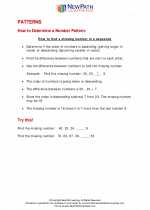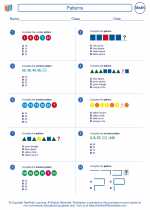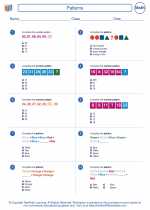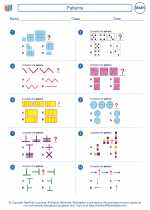Fractal Patterns Study Guide
What are Fractal Patterns?
Fractal patterns are geometric patterns that are repeated at different scales, creating self-similar structures. A fractal is a complex geometric shape that can be split into parts, each of which is a reduced-scale copy of the whole. These patterns can be found in nature, art, and have been studied in mathematics and physics.
Characteristics of Fractal Patterns
- Self-similarity: Fractal patterns look similar at different scales, meaning that if you zoom in or out, you will see similar patterns.
- Infinite Detail: Fractals exhibit intricate detail no matter how much you zoom in, making them appear infinitely complex.
- Non-integer Dimension: Unlike regular geometric shapes, fractals have a non-integer dimension, known as fractal dimension, which measures their complexity.
Examples of Fractal Patterns
Some common examples of fractal patterns include the Mandelbrot set, Koch snowflake, Sierpinski triangle, and the fern leaf patterns found in nature.
Applications of Fractal Patterns
Fractal patterns have applications in various fields, including computer graphics, art, architecture, and natural sciences. They are used in creating realistic natural scenes in computer-generated imagery and modeling natural phenomena such as coastlines and clouds.
Studying Fractal Patterns
To study fractal patterns, one can explore mathematical concepts such as recursive algorithms, chaos theory, and iterative functions. Additionally, exploring computer programs such as Fractint and programming languages like Python can help in visualizing and generating fractal patterns.
.◂Math Worksheets and Study Guides Fifth Grade. Patterns

 Worksheet/Answer key
Worksheet/Answer key
 Worksheet/Answer key
Worksheet/Answer key
 Worksheet/Answer key
Worksheet/Answer key
